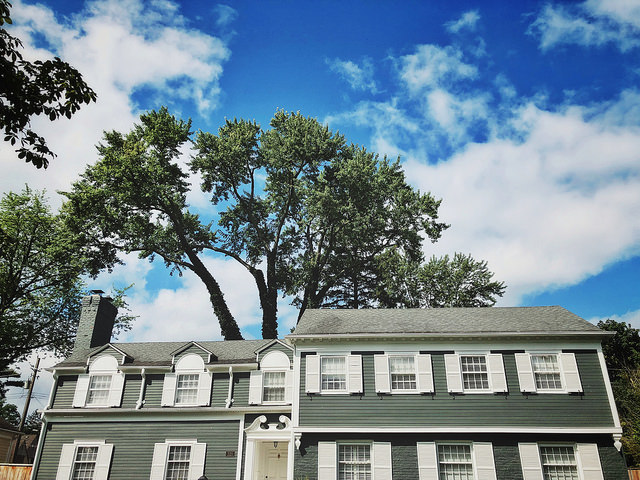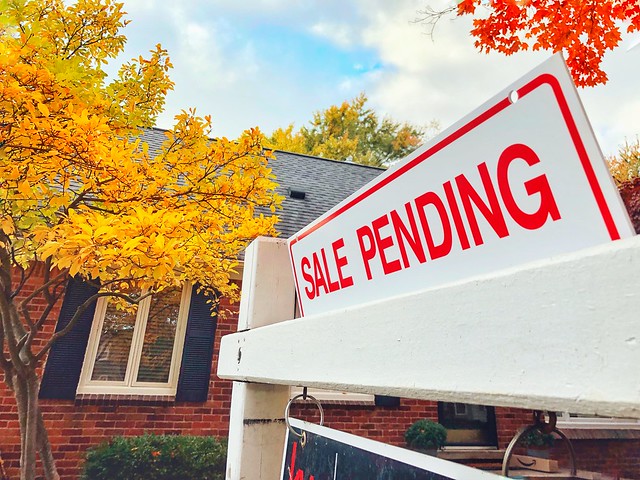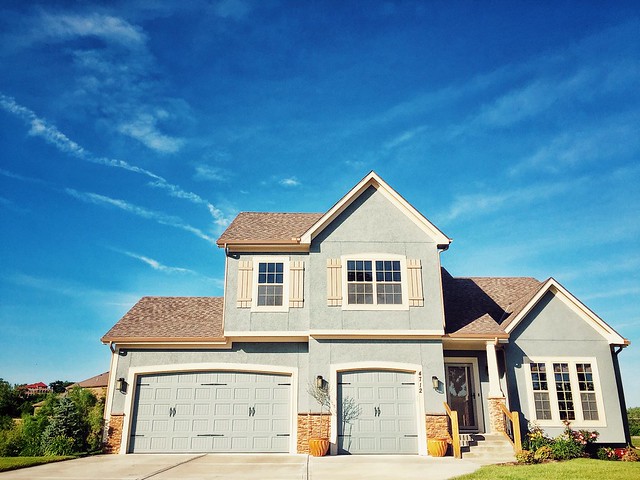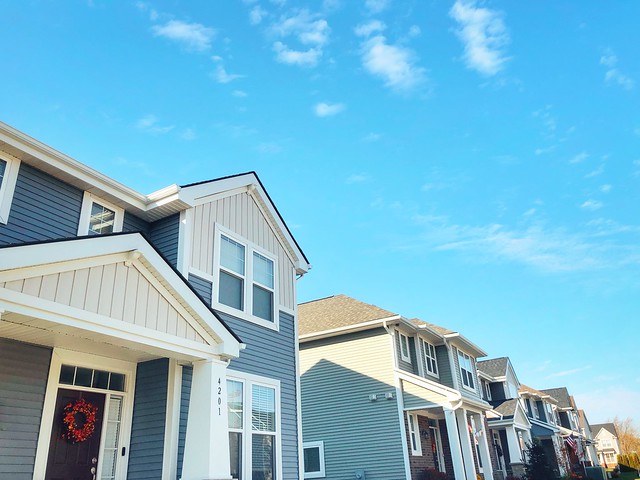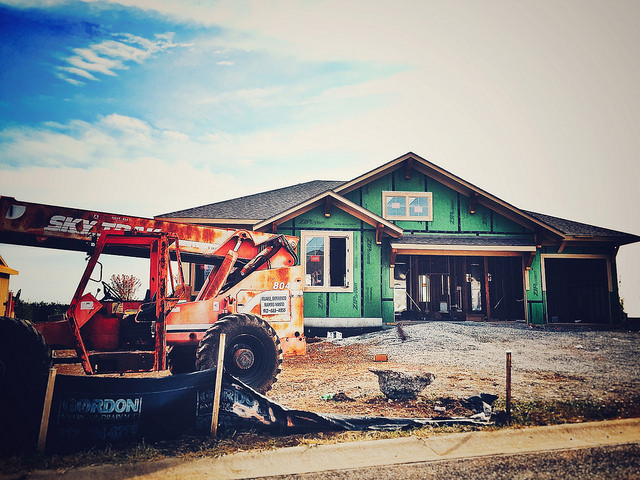A mortgage payment is a significant monthly expense. For most of us, it’ll rank among our biggest bills. So it’s no surprise affordability is always a top concern among prospective home buyers. Nobody wants to buy a home that’s going to cause them financial strain, stress, and worry. That’s why the most recent Purchase Applications Payment Index from the Mortgage Bankers Association is encouraging news. The index – which tracks the national median monthly payment – found payments down 1.8 percent in November, falling to $1,977 from $2,012 in October. Edward Seiler, MBA’s associate vice president of housing economics, says buyers may see further improvement in the coming months. “Slower home-price growth and a 26-basis-point decrease in mortgage rates led to a slight improvement in home buyer affordability in November,” Seiler said. “While the median purchase application increased by $2,444 to $297,444, the amount is more than $40,000 below the peak of $340,000 hit in February 2022. MBA expects both mortgage rates and home-price growth to moderate, which may encourage additional buyers to return to the housing market in the coming months.” (source)
